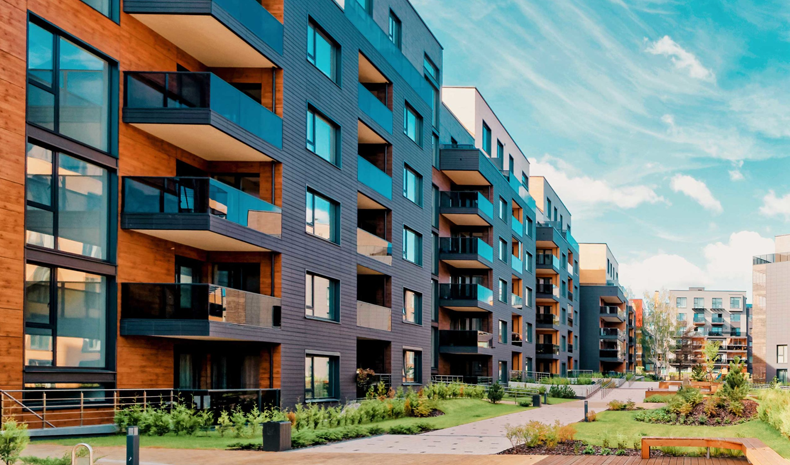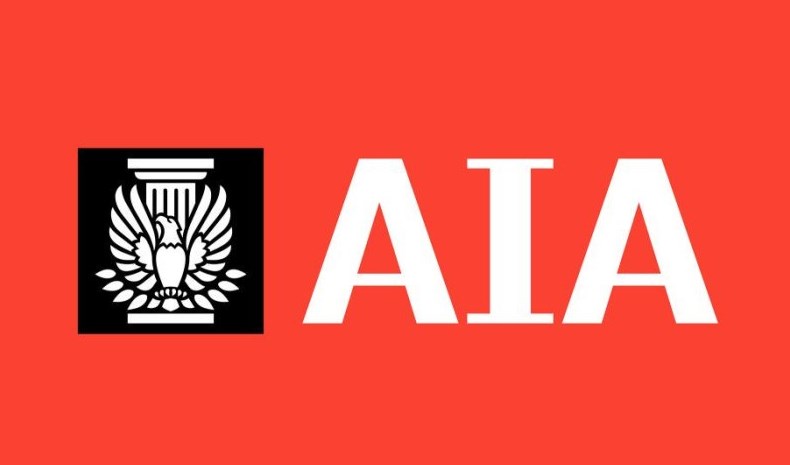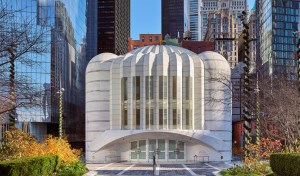The American Institute of Architects (AIA) recently released a new report detailing strategies that can help architects design multifamily housing that mitigates the spread of COVID-19.
Here, we summarize and discuss the main components of the report.
The Present Role of Multifamily Housing
According to the National Multifamily Housing Council, there are approximately 21 million apartment units in the United States, of which 6.4 million have more than 50 units in the building.
With 68% of people expected to live in urban areas by 2050, according to the United Nations, multifamily buildings will continue to be essential components of urban life.
Now, in light of a persistent threat of infection between residents in close quarters, it is essential for the architectural community to adjust and realign design goals for multifamily projects.

New Challenges Facing Multifamily Housing Design
Residential building and campus managers have already significantly altered services and amenities, and new rules covering resident behavior have altered nearly every aspect of residential life. Other challenges for multifamily residents include:
1. Living with the virus
Unlike other building types, multifamily buildings cannot restrict individuals who may have contracted the virus. This can present challenges in multifamily buildings, as residents spend more time at home.
2. Immediate changes in lifestyle
Stay-at-home orders have made remote work and homeschool the norm. Many multifamily housing units were not designed to accommodate these functions for a long period of time. The makeshift nature of work and study spaces, such as the dining table, living room couch, and bed can cause secondary health impacts.
3. Quality of life
As restrictions continue to end and restart, mental health degrades and quarantine fatigue begins to set in. Neverending isolation and loneliness is a daunting task for many Americans. Creating opportunities within multifamily housing facilities to safely increase social connection and interaction is critical.

Key Strategies to Mitigate Risk in Multifamily Housing
According to AIA research, there are several short-term and long-term strategies that can be considered best practices for keeping a multifamily building safe.
Short-Term Risk Mitigation Strategies
Addressing entry and lobby spaces, which include the front entrance, reception area, waiting area, and public restrooms will need to become a priority in multifamily buildings.
One unique feature of multifamily housing is a common mailroom. Risk can be reduced in mailroom spaces by limiting occupants, disinfecting, and requiring the use of PPE. Due to the increase of deliveries and e-commerce, building owners may consider expanding storage space to accommodate the increase of packages during the pandemic.
Multifamily buildings also include essential service spaces, such as laundry, trash/recycling, and bike storage rooms. These frequently used spaces have the potential to introduce contaminated items, such as soiled clothing and discarded PPE. Strategies for these spaces may include:
- – Installing touch-free door openers
- – Replacing trash, recycling bins, and other communal items with equipment that is made of easy-to-clean materials
- – Limiting occupants based on the square footage and social distancing guidelines
- – Performing regular cleaning
- – Disinfecting equipment such as washers, dryers, and bike pumps frequently or after each use
- – Requiring the use of masks
- – Providing hand sanitizing stations and cleaning supplies
Long-Term Risk Mitigation Strategies
Some modifications may require a building owner’s investment in the physical property and a resident’s compliance with new protocols to keep them safe. Strategies include:
- – Suite-style spaces that allow residents to self-isolate, even from those they live with
- – Spaces for disinfecting packages outside of the building entrance or unit
- – More robust air circulation systems and different zone requirements for units and common areas
- – Expanded residential unit storage for larger stockpiles of canned and paper goods, as well as larger refrigerators
- – Expanded building storage areas for emergency supplies of food, PPE, or machinery as an amenity for all residents
- – Materials, fixtures, and finishes within units and around the larger apartment building that are durable and easy to clean
- – Increased balcony and patio size to extend living spaces, as well as porches with screens and louvers
Conclusion
Multifamily housing presents unique challenges from virus mitigation and public health perspectives. This report addresses some of the general considerations for congregate living, which vary based on the population and its specific needs. In the end, the architecture community has an indisputable responsibility to help design and transform multifamily buildings into safe and healthy community hubs.
For more in-depth resources from the AIA, you can read the full report here.
--
Dylan Kleintop
 BIMsmith is a free cloud platform for architects, designers, and building professionals to research, select, and download building product data. Search, discover, compare, and download free Revit families on BIMsmith Market, or build complete, data-rich Revit wall, floor, ceiling, and roof systems faster with BIMsmith Forge.
BIMsmith is a free cloud platform for architects, designers, and building professionals to research, select, and download building product data. Search, discover, compare, and download free Revit families on BIMsmith Market, or build complete, data-rich Revit wall, floor, ceiling, and roof systems faster with BIMsmith Forge.














